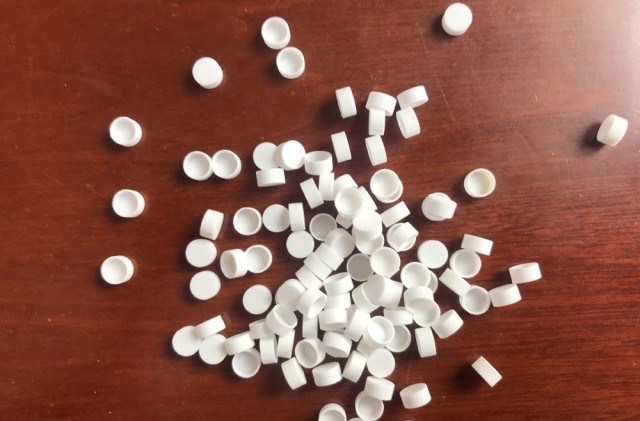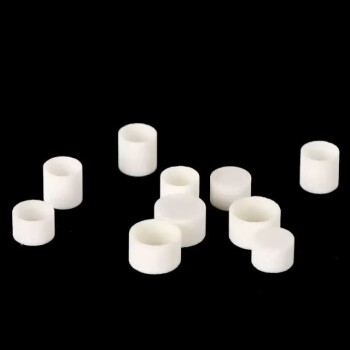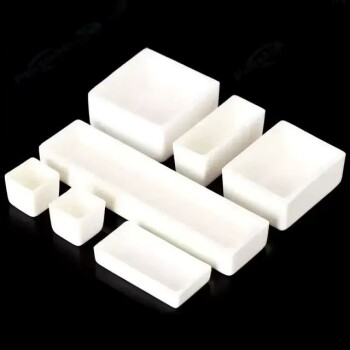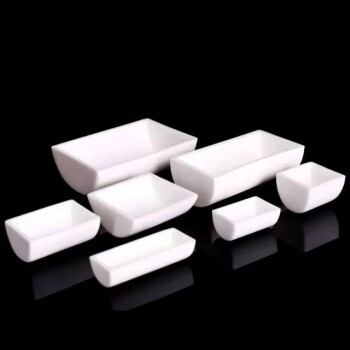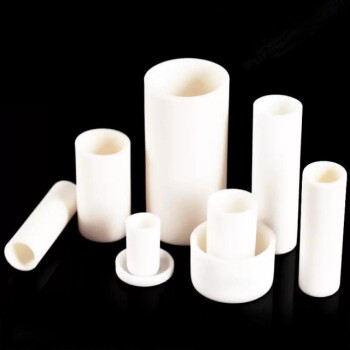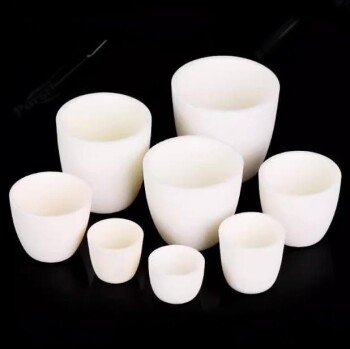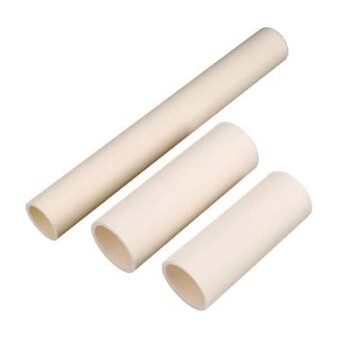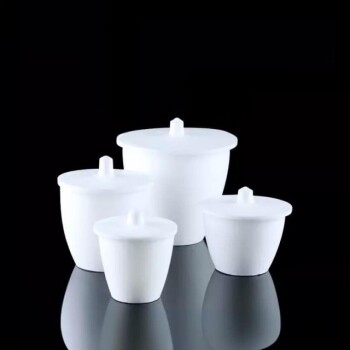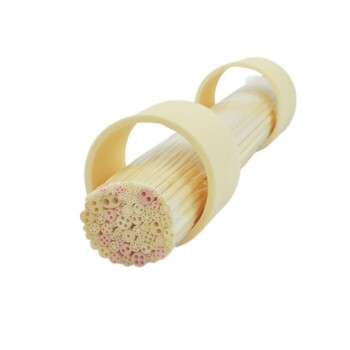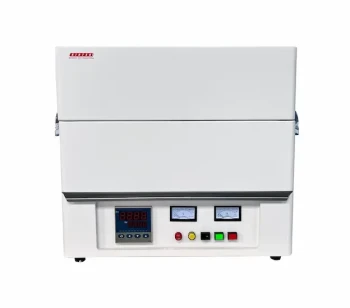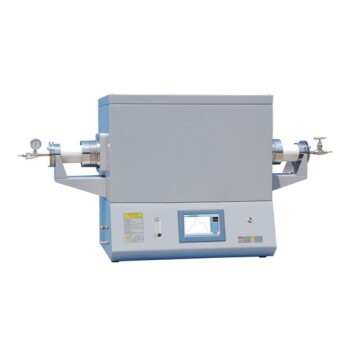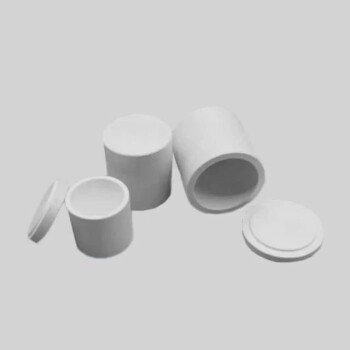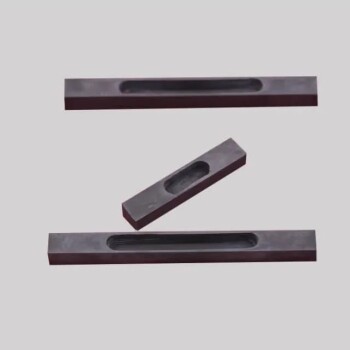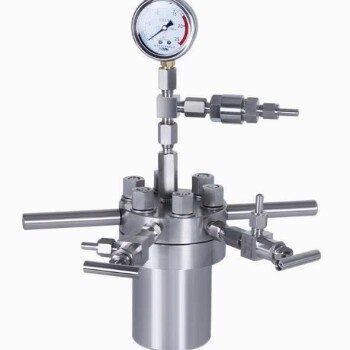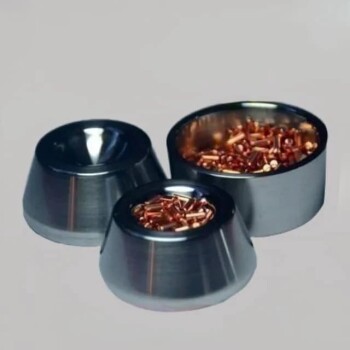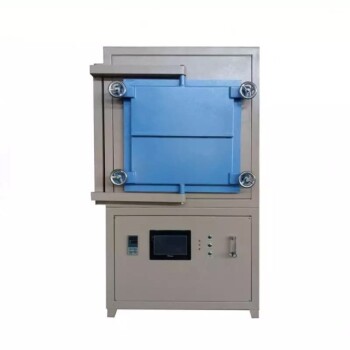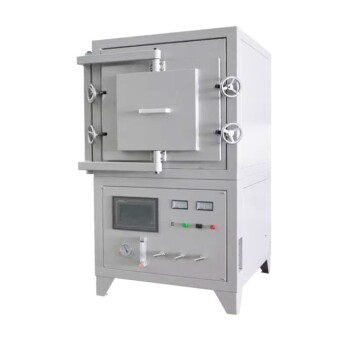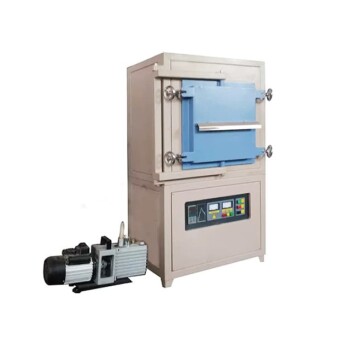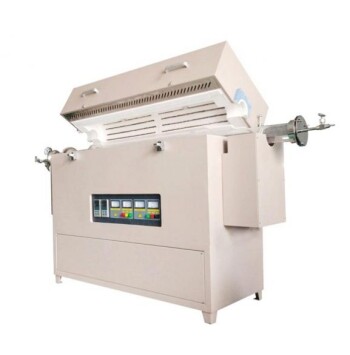Introduction to Ceramic Alumina Crucibles
Importance of Crucible Selection
Crucibles play a pivotal role in thermal analysis tests, serving as the first line of defense against contamination that could compromise sensor accuracy and test outcomes. The selection of the appropriate crucible is not merely a matter of convenience; it is a critical decision that can significantly influence the reliability and precision of your test results.
The type of crucible you choose can have a profound impact on both the test results and the maintenance requirements of your equipment. Crucibles are available in a wide array of materials, sizes, and designs, each tailored to meet the specific needs of different applications. For instance, alumina crucibles used in metal melting operations must withstand high temperatures and chemical interactions, while those used in thermal analysis tests need to ensure that the sample remains uncontaminated throughout the process.
Moreover, the complexity of modern crucible materials, which often include graphite-based composites, underscores the importance of selecting a crucible that aligns with the technical boundaries of your specific application. The right crucible can enhance the performance of your tests by providing a stable environment that minimizes interference from external factors. Conversely, a poorly chosen crucible can lead to skewed results, increased equipment wear, and additional maintenance costs.
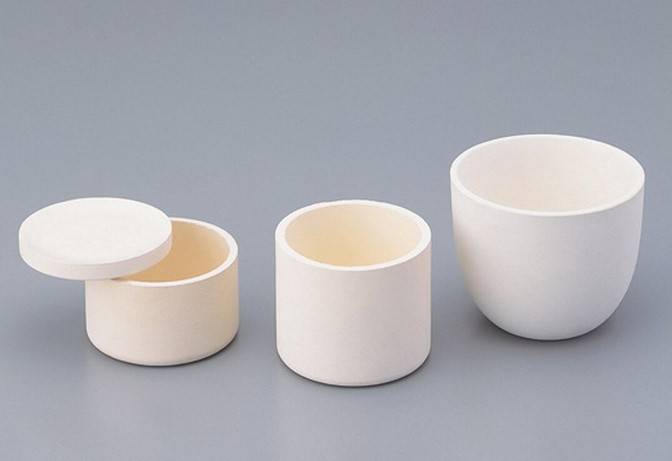
In essence, the crucible selection process is a nuanced and individualized task that requires careful consideration of various factors, including the nature of the sample, the type of furnace, and the specific operational requirements. By understanding the relationship between crucible characteristics and test outcomes, you can make informed decisions that optimize both the efficiency and accuracy of your thermal analysis tests.
Crucible-Related Influences
Understanding crucible-related influences is pivotal for interpreting test curves, achieving desired results, and enhancing testing efficiency. Crucibles, being the containers for samples during thermal analysis, play a critical role in the outcome of these tests. Their material properties, dimensions, and even the presence of a lid can significantly alter the thermal behavior of the sample.
For instance, the material of the crucible can either catalyze or inhibit certain reactions, which directly impacts the test results. Ceramic alumina crucibles, known for their high-temperature stability and inertness, are often preferred for their ability to maintain sample integrity without introducing extraneous variables. However, in scenarios where catalytic effects are desired, other materials like platinum might be considered.
The volume of the crucible also plays a crucial role. Larger crucibles can slow down weight loss rates due to increased thermal resistance and larger surface areas, which can affect the accuracy of the test. Conversely, smaller crucibles are more sensitive to minor changes, making them suitable for detecting weak effects in smaller sample volumes.
Additionally, the presence or absence of a crucible lid can influence the kinetics of chemical reactions. A lid can impede the diffusion of decomposition products, affecting the rate of reactions and thus altering the test curve. This is particularly relevant in high, narrow crucibles where diffusion can be a limiting factor.
By carefully considering these crucible-related factors, researchers can optimize their thermal analysis tests, ensuring more accurate and reproducible results.
Crucible Selection and Influence on Test Results
General Principles of Crucible Selection
When selecting a crucible for your specific application, it is imperative to ensure that the crucible material does not react with the sample, unless such reaction is intended to be catalytic. This principle is particularly critical in high-temperature reactions, where the stability and inertness of the crucible material are paramount.
Considerations for crucible selection extend beyond mere chemical compatibility. The thermal properties of the crucible, such as its ability to withstand extreme temperatures without deformation or degradation, are equally important. Tantalum crucibles, for instance, are often preferred in high-temperature applications due to their exceptional thermal stability and resistance to chemical reactivity.
Furthermore, the design and structural integrity of the crucible must align with the operational demands. Crucibles can vary significantly in size, from small, teacup-sized vessels to large containers capable of holding several tons of metal. Their design can also range from fixed installations within a furnace to removable units designed for pouring at the end of each melt cycle.
The selection process should account for the furnace type and operational environment, whether it involves fuel-fired furnaces, electric resistance furnaces, or induction furnaces. Additionally, the presence or absence of pouring spouts and the shape of the crucible can influence its performance and suitability for specific applications.
Each crucible type offers unique performance characteristics, shaped by the complex interplay of temperature, chemical, and physical parameters. Therefore, choosing the right crucible involves a nuanced understanding of these factors and how they interact within your particular operational context.
Influence of Crucible Volume
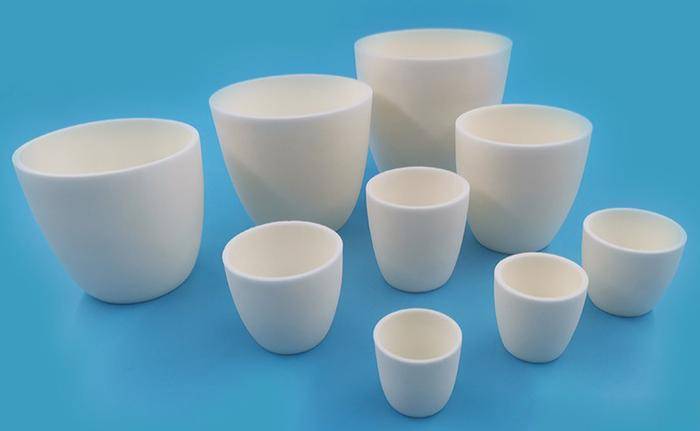
Different volumes of crucibles can significantly influence the outcomes of thermal analysis tests. Larger crucibles, for instance, tend to exhibit slower weight loss rates and higher residue levels compared to their smaller counterparts. This phenomenon can be attributed to several key factors:
-
Thermal Resistance: Larger crucibles generally have greater thermal resistance, which can impede the efficient transfer of heat to the sample. This results in a slower rate of thermal decomposition and weight loss.
-
Surface Area: The surface area of the crucible plays a crucial role in the thermal dynamics of the test. Larger crucibles have a greater surface area, which can lead to increased residue formation. This is because the larger surface area provides more opportunities for the sample to interact with the crucible material and the surrounding environment, potentially leading to additional chemical reactions or interactions that contribute to residue buildup.
-
Heat Distribution: The distribution of heat within the crucible is also affected by its volume. Larger crucibles may have uneven heat distribution, which can cause variations in the thermal behavior of the sample. This unevenness can complicate the interpretation of test results and may require additional calibration or control measures to ensure accuracy.
In summary, the volume of the crucible is a critical parameter that can profoundly affect the results of thermal analysis tests. Understanding these influences is essential for selecting the appropriate crucible size and for interpreting test data accurately.
Influence of Sample Quality
The quality of the sample being tested plays a pivotal role in the accuracy and reliability of thermal analysis results. One of the primary factors influencing sample quality is the volume of the sample itself. Sample volume directly impacts the precision of the test, particularly when dealing with weak effects or subtle changes in the material properties.
Smaller samples, while convenient for their ease of handling and preparation, pose a unique challenge. They require larger crucibles to ensure that the thermal analysis equipment can detect even the minutest of changes. This is because smaller samples can lead to less significant weight changes, which might be difficult to detect with standard crucible sizes. By using larger crucibles, the relative change in weight due to thermal effects becomes more pronounced, thereby enhancing the detection sensitivity of the equipment.
Moreover, the choice of crucible volume is not merely about accommodating the sample size. It also involves considering the thermal conductivity and surface area of the crucible. Larger crucibles often have better thermal conductivity, which ensures a more uniform temperature distribution within the sample. This uniformity is crucial for accurate thermal analysis, as it minimizes the risk of localized heating or cooling effects that could skew the results.
In summary, while smaller samples might seem advantageous due to their simplicity, the selection of an appropriately sized crucible is essential for achieving accurate and meaningful thermal analysis outcomes. The balance between sample volume and crucible size is a critical aspect that must be carefully considered to ensure the integrity of the test results.
Influence of Crucible Lid
The presence or absence of a crucible lid can significantly alter the kinetics of chemical reactions, particularly in crucibles that are both high and narrow. The lid serves as a barrier, impeding the free diffusion of decomposition products. This can lead to a buildup of gases and vapors within the confined space, potentially causing pressure changes and affecting the reaction rates.
In high narrow crucibles, the lid's influence is more pronounced due to the restricted volume and the increased surface-to-volume ratio. The lid's presence can slow down the escape of volatile decomposition products, leading to a more controlled and possibly slower reaction process. This can be advantageous in experiments where precise control over reaction kinetics is desired.
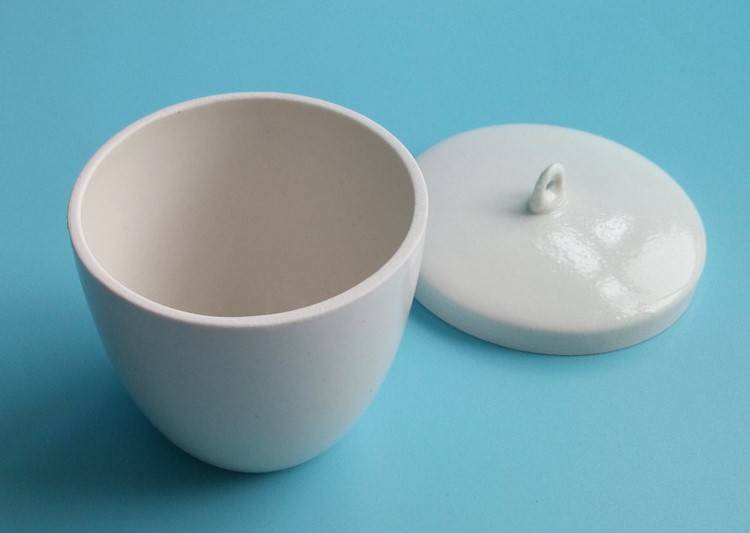
Conversely, removing the lid can facilitate a faster reaction by allowing for the immediate release of decomposition products, thereby reducing pressure buildup and promoting a more rapid diffusion process. However, this approach may introduce variability and less controlled conditions, which could compromise the accuracy of the thermal analysis results.
Therefore, the choice of whether to use a lid or not should be carefully considered based on the specific requirements of the thermal analysis test, balancing the need for controlled reaction kinetics against the potential for increased variability.
Summary and Best Practices
Selecting the Right Crucible
When selecting a crucible for your specific operation, it is essential to consider a multitude of factors that can influence both the process and the final outcome. The first step is to conduct a thorough assessment of your melting, holding, and metal handling processes. This involves documenting and quantifying various aspects such as the capacity and dimensions of your furnace, the specific alloys being melted, and the temperatures maintained during the process. Additionally, factors like the rate of temperature change, how the crucible is charged, and the use of fluxes or additions must be taken into account.
Moreover, consider the metallurgical treatments, such as degassing or refining processes, and how slag or dross is removed from the crucible. Each of these elements plays a crucial role in determining the suitability of a crucible for your unique application. For instance, the ability to tolerate or avoid alloy cross-contamination can significantly impact your choice.
Key Factors to Consider:
- Furnace Capacity and Dimensions: Ensure the crucible fits well within your furnace and can withstand the operational conditions.
- Alloy Type: Different alloys have varying melting points and reactivity, necessitating crucibles made from specific materials.
- Melting and Holding Temperatures: The crucible must be able to sustain these temperatures without degradation.
- Temperature Change Rate: Rapid temperature changes can stress the crucible, so choose one that can handle these fluctuations.
- Charging and Emptying Methods: How the crucible is loaded and unloaded can affect its longevity and performance.
- Use of Fluxes and Additions: Some crucibles are better suited for processes involving specific fluxes or additions.
- Degassing and Refining: Crucibles should support these processes without compromising the metal's integrity.
- Slag and Dross Removal: Efficient removal methods are crucial for maintaining crucible integrity and metal quality.
By carefully matching these factors to the characteristics of the crucible, you can ensure optimal performance and longevity for your operation. This individualized approach ensures that the crucible not only meets but exceeds the specific requirements of your melting and holding processes.
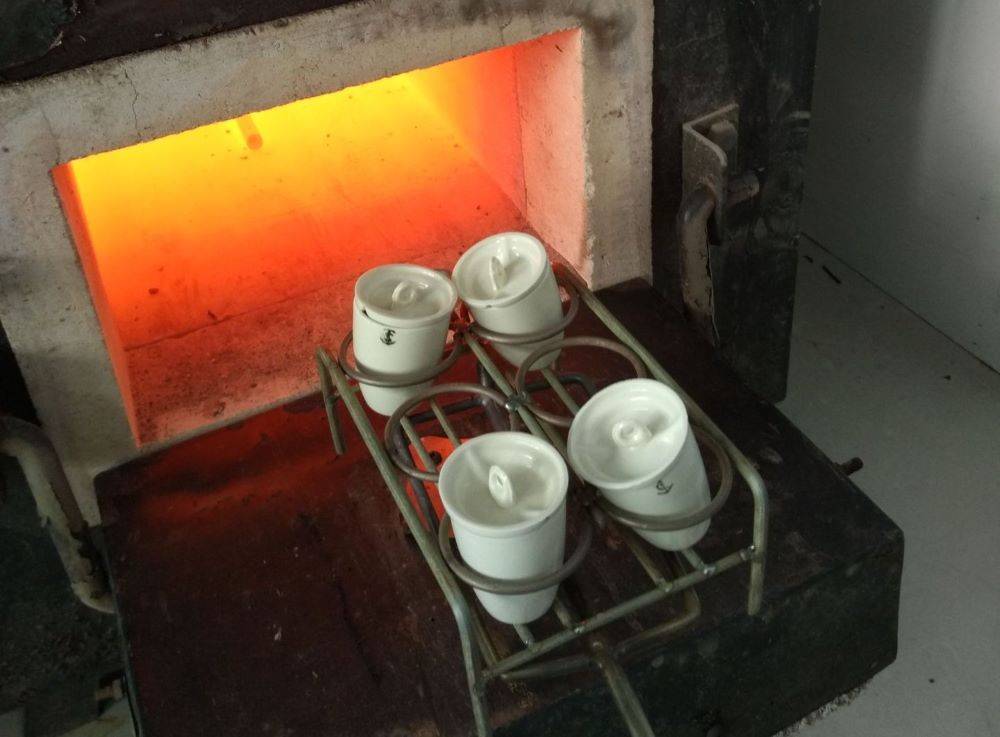
Experimental Method Design
Designing an effective experimental method for thermal analysis tests involves meticulous planning, particularly in setting the appropriate testing temperature range and atmosphere. The temperature range should be carefully chosen to encompass the critical phases of the sample's thermal behavior without causing unnecessary degradation. This range typically spans from ambient temperature to a level just above the expected decomposition or transformation points, ensuring comprehensive data capture without overstepping the material's stability limits.
Moreover, the atmosphere within the testing environment plays a pivotal role. It can significantly influence the sample's behavior, especially in reactions that are sensitive to oxygen, moisture, or other gases. Common atmospheres include inert gases like argon or nitrogen, reducing atmospheres such as hydrogen, and oxidizing atmospheres like air or oxygen. The choice of atmosphere should align with the sample's reactivity and the desired outcomes of the test.
Ensuring the crucible bottom is flat and clean is another critical aspect of experimental method design. A flat bottom ensures optimal thermal contact, which is essential for accurate temperature readings and uniform heating of the sample. Any irregularities or contaminants on the crucible bottom can lead to uneven heating, potentially skewing the test results. Therefore, thorough cleaning and inspection of the crucible before each use are necessary to maintain the integrity of the thermal analysis.
In summary, the experimental method design for thermal analysis tests requires a balanced approach, considering both the temperature range and the testing atmosphere, while ensuring the crucible's condition is pristine for consistent and reliable results.
Related Products
- Engineering Advanced Fine Ceramics Alumina Crucibles (Al2O3) for Thermal Analysis TGA DTA
- Engineering Advanced Fine Alumina Al2O3 Ceramic Crucible for Laboratory Muffle Furnace
- Alumina Al2O3 Ceramic Crucible Semicircle Boat with Lid for Engineering Advanced Fine Ceramics
- Engineering Advanced Fine Ceramics Alumina Al2O3 Crucible With Lid Cylindrical Laboratory Crucible
- Arc-Shaped Alumina Ceramic Crucible High Temperature Resistant for Engineering Advanced Fine Ceramics
Related Articles
- Comprehensive Guide to Alumina Crucibles in Powder Metallurgy
- Inorganic Non-Metallic Materials: Crucibles
- High Purity Graphite Crucible: Features, Production, and Usage
- Graphite Crucible in the Future Production of Third Generation Semiconductor Compounds
- Comparison of Pyrolytic Graphite and Pyrolytic Boron Nitride Crucibles
